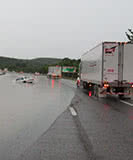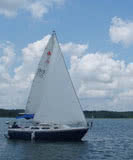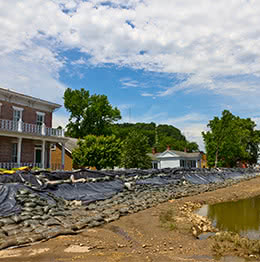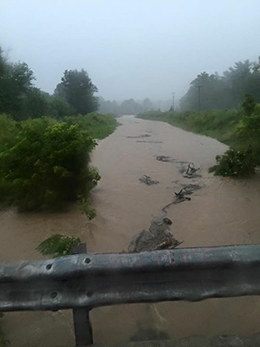Because many Missouri families have been impacted by devastating flooding, the Missouri State Emergency Management Agency is working with state, local, faith-based and volunteer agencies to provide one-stop shops for recovery assistance at Multi-Agency Resource Centers (MARCs) across the impacted areas of the state. MARCs provide trained workers who can identify resources for assistance with housing, public assistance, mental health counseling, or to help understand insurance policies and the claim filing process.
MARC partners include the American Red Cross, State Emergency Management Agency, Missouri Department of Social Services, Missouri Department of Mental Health, Missouri Department of Insurance, Missouri Department of Health and Senior Services, Catholic Charities, Society of St. Vincent DePaul, The Salvation Army and Convoy of Hope.
Below is the full listing of MARC dates and locations. Centers are open from 11 a.m. to 7 p.m. Flood survivors should bring proof of address. Free child care is available. Residents impacted by flooding can attend any MARCs that suit their schedule.
Open Today:
Opening On: Tuesday, May 16, 11 a.m. to 7 p.m.
City: Gainesville
County: Ozark
Address: Gainesville High School Gym, 422 Bull Dog Dr, Gainesville, MO 65655
Opening On: Tuesday, May 16, 12 p.m. to 7 p.m.
City: House Springs
County: Jefferson
Address: Northwest Valley Middle School, 4300 Gravois Rd., House Springs, MO 63051
Opening soon
Opening On: Wednesday, May 17, 11 a.m. to 7 p.m.
City: Doniphan
County: Ripley
Address: Caring Community Partnership, 209 Highway St., Doniphan, MO 63935
Opening On: Thursday, May 18, 11 a.m. to 7 p.m.
City: Arnold
County: Jefferson
Address: Arnold First Baptist Church, 2012 Missouri State Road, Arnold, MO 63010















